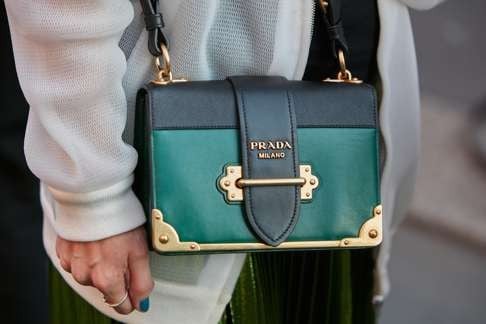Handbag makers struggle in face of declining sales and retail markdowns, neglecting the creativity that may save them
Michael Kors, Prada, Louis Vuitton and Burberry all reduced the number of new styles last quarter, which analysts fear may make it harder for the sector to recapture the excitement of shoppers

Handbag makers are busy battling waning demand and markdowns at stores, and that may have diverted their attention from what could make them successful in the long run: creativity.
Michael Kors, Prada, LVMH’s Louis Vuitton and Burberry Group all reduced the number of styles introduced last quarter, according to Edited, a company that provides fashion industry analysis. Though manufacturers and retailers are worried about being saddled with too much merchandise, the lack of innovation will make it tough to recapture the excitement of shoppers, says Milton Pedraza, a New York-based luxury consultant.
“There’s a feeling of doom out there in the industry – everything is defensive and not offensive,” adds Pedraza, who runs the Luxury Institute. “What you’re seeing is a tremendous amount of copying, less innovation and less creativity, at a time when exactly what you need is to be bold.”
Demand for high-end products took a hit in the US last year from a strong dollar and global economic woes. Terrorism fears also crimped tourism, a big source of luxury spending. Shares of upscale brands suffered. Michael Kors, Coach Inc. and most other rivals underperformed the Standard & Poor’s 500 Index in 2016. Ralph Lauren Corp. was down 19 per cent last year.
